Many skilled workers and young students make the mistake of equating the Canada Immigration Plan with just immigration targets. There’s no doubt that knowing how many immigrants Canada is targeting every year for the next three years is very useful information.
These numbers can help you assess your immigration prospects and make it easier for you to plan the best way to work or study in Canada. However, there’s more to Canada’s 2022-24 Immigration Plan than just the numbers.
Best Thing about the Plan—it Exists!
That’s right. The fact that Canada has a comprehensive three-year plan and that this is the third such plan are very important points that all economic class immigrants must consider.
Canada used to announce annual targets until 2017. It was only in this year that Canada decided to announce a three-year plan. The first plan was for 2018-20 and targeted 310,000, 330,000, and 340,000 immigrants through the three years.
The second plan was announced in 2019 itself and covered the three years through 2021. The plan raised the targets for 2019 to 330,800 and 340,000 for 2020. For 2021, the target was an ambitious 340,000. The pandemic made it tough for Canada to meet the annual targets. However, the three-year target gives Canada more space to achieve its targets.
2021 was a record year with 405,000 immigrants, which was significantly higher than its original target. This helped offset the numbers lost due to the restrictions imposed due to the pandemic.
The fact that Canada managed to exceed its 2021 target despite all the disruptions and that the 2022-24 plan sets even more ambitious targets underlines the predictability and stability of the country’s immigration system.
Economic Class Immigration is Top Priority
One factor that sets Canada apart from all other developed nations is the strong economic rationale for higher immigration.
The Immigration Plan notes that five million Canadians will retire out of the workforce by the end of the decade. With this, Canada’s worker to retiree ratio will drop to 3:1, which means Canada will have just three active workers for every retired individual.
For stable tax to GDP ratio, higher tax revenue, and greater economic stability, Canada will have to boost the worker to retiree ratio higher. Since the demographics don’t support population growth through more births, the only other sustainable option is to attract more productive and working immigrants into the country.
Hence, the past trend of significant chunk of immigration targets being allocated to economic class immigration continues. The target for 2022 is 411,000 immigrants followed by 447,055 in 2023 and 451,100 in 2024.
More than 60 percent of this target is covered by economic class immigrants with another significant chunk allotted to family sponsorship.
This means Canada’s primary focus continues to remain skilled and productive youngsters who will work in the country and add value to the Canadian economy.
Anticipating the Future
The Plan talks about the importance of attracting and retaining newcomers in regions with acute economic, labor, and demographic challenges. The Atlantic Immigration pilot program, which is now permanent, was one such program that sought to boost immigration to the four Atlantic provinces.
Going ahead, you can expect more such programs including decentralized immigration programs that will focus on specific communities and their labor needs.
This is key for international students because your choice of province or community to study can have a huge impact on your job prospects. With the PGWP in hand, the right community can help you quickly transition from an international graduate to skilled worker to permanent resident in Canada.
Also, boosting Francophone immigration outside Quebec remains a top priority with the government setting a target of 4.4% French-speaking immigrants outside Quebec by 2023. This means learning French must be a top priority for you since this can open up multiple work permit and immigration options that may otherwise not be open to others.
Finally, the Immigration Plan clearly acknowledges the positive impact of immigrants and skilled immigration on the country. Immigrants in critical sectors like healthcare, nursing, and transportation have played a key role in maintaining stability through the pandemic.
Canada’s pro-immigration policies and numbers clear showcase that the country continues to consider immigrants as key to sustained economic and social development of the country.




